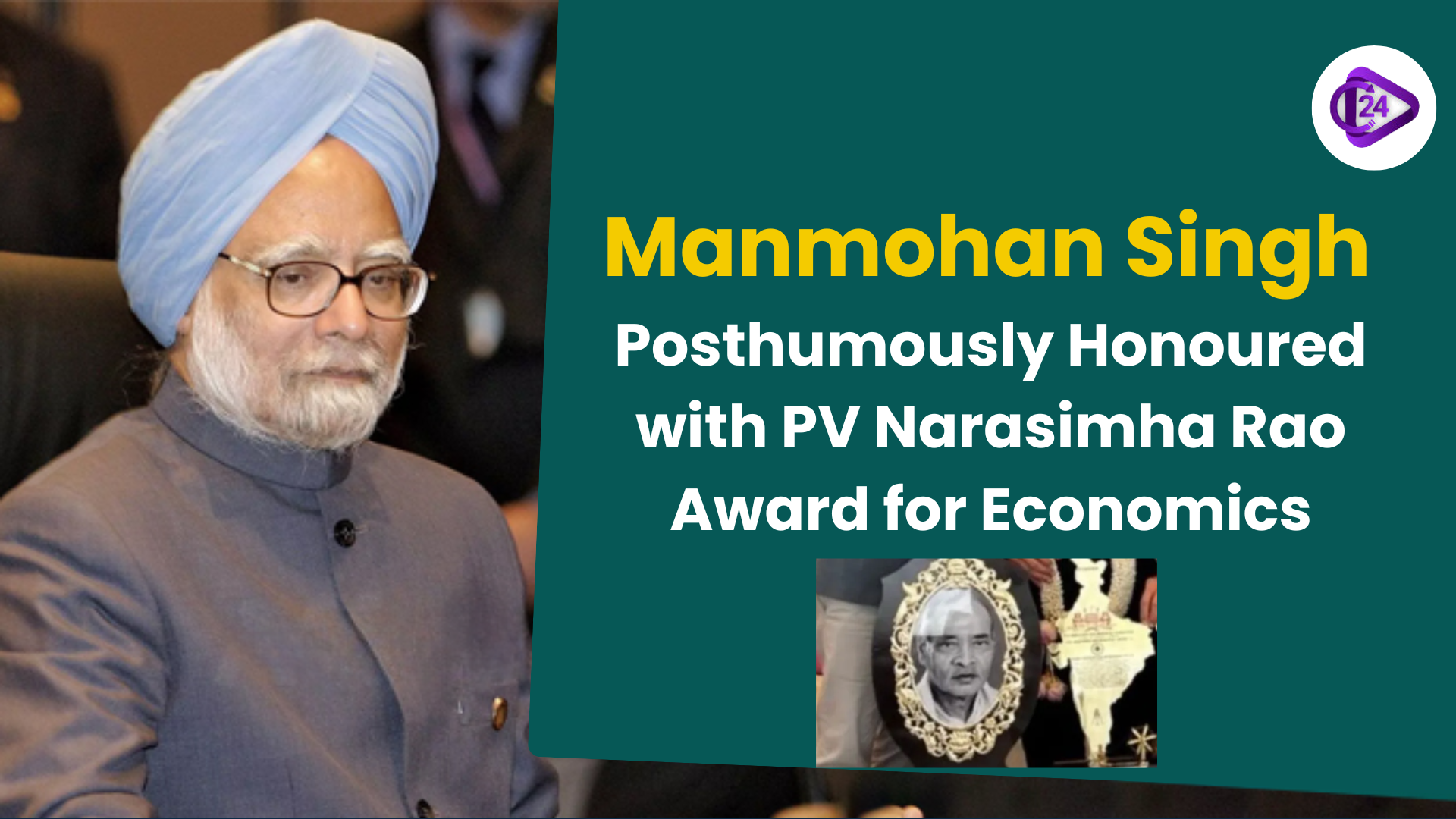
By starting the development of E-Hansa, India is moving towards greener aviation as well as green energy with the help of CSIR-NAL. It fits well with India’s goals to cut greenhouse gas emissions while offering pilot trainers and students more affordable choices. There is an increasing motivation to partner with private businesses when bringing new technology to the market which encourages new ideas and works towards global cooperation. Dr. Jitendra Singh pointed out that this measure matches other advances, including ISRO’s work and greater involvement in global science diplomacy.
Context:
-
E-Hansa is India’s trainee plane for pilots that runs on electricity and supports environmental flights.
-
To speed up innovation, the government is promoting cooperation between public and private institutions and straight-forward technology transfer.
-
The nation works to make science cooperative globally and to create unified ways of governing science.
Key Points
About E-Hansa
-
E-Hansa is an Indigenous Electric Aircraft company.
-
The CSIR-National Aerospace Laboratories (NAL) in Bengaluru designed the aircraft as part of their HANSA-3 NG project.
-
The cost of a training aircraft seats two and it is usually between ₹1 crore and ₹2 crore, just half the price of an imported model.
-
Helps achieve India’s clean energy targets by cutting down on aviation pollution.
Strategic Importance
-
Allows students to easily access and pay for learning to become pilots.
-
Supports India’s efforts for green aviation and contributes to technology that improves aircraft cleanliness.
Multilevel Involvement Partnership (MIP)
-
PPPs are needed to encourage the commercialization of indigenous technology, suggested Union Minister Dr. Jitendra Singh.
-
DBT-BIRAC and IN-SPACe were successful models, so similar initiatives were established.
-
Promotes “Vasudhaiva Kutumbakam” by helping countries cooperate in science research.
Highlights and Current Projects from the ISRO
-
Appreciation of SPADEX mission is important for Gaganyaan human spaceflight.
-
The successful mission proved that ISRO plays a key role in managing science initiatives.
-
The Indian Space Research Organisation (ISRO) announced that it joined Axiom Space for microgravity research on the International Space Station (ISS).
Science Governance and Reaching Out Worldwide
-
Suggesting region-wise Chintan Shivirs to help departments (DST, DBT, CSIR, ISRO, etc.) come together and integrate science policy.
-
Global Science Talent Bridge is designed to bring leading international researchers to Hong Kong.
-
Establishing science centers with Switzerland and Italy will strengthen international cooperation in science.
Other Key Intiatives in India related to Green Aviation
-
CSIR-NAL’s e-Hansa Electric Trainer Aircraft
-
Creating and using an electric trainer plane made by Indigenous people to cut carbon emissions and save money during pilot training.
-
The project proves India is ready to join the world in using clean and sustainable technology.
-
-
National Electric Propulsion System
-
Programs focusing on making electric power systems more efficient for use in aircraft are being developed.
-
Drawing assistance from CSIR, DRDO and academic institutions for powering future green models of aircraft.
-
-
New Green Aviation Policy
-
Policymakers in India now discuss boosting green aviation by focusing on electric and hybrid aircraft, green fuels and the supportive infrastructure that is needed.
-
-
Sustainable Aviation Fuel
-
Oil companies and research organizations in India are working together on making biofuels from non-food materials for use by airlines.
-
Airports in Delhi and Mumbai are working with SAF blends to cut down their carbon impact.
-
-
Indian Space Research Organisation and Green Technologies
-
Because it is involved in space technologies, ISRO’s work with clean propulsion and light materials helps guide green aviation research.
-
-
PPP projects that support green aviation research
-
Governments are supporting PPP initiatives to help bring electric aircraft, battery technology and charging setups into green aviation.
-
-
Make in India – Aerospace and Green Aviation Enterprises
-
The startup community is backing efforts to develop electric propulsion, new batteries and better energy-saving designs for airplanes.
-
Startups such as Asteria Aerospace, are investigating UAVs that rely on electric energy.
-
-
Airport Infrastructure Development for Green Aviation
-
Using sustainably produced energy and electric vehicles at airports to reduce the number of emissions.
-
Conclusion:
E-Hansa stands for how India is moving toward environmentally friendly flying by relying on its own creativity and teamwork. With help from active scientific activities and worldwide partnerships, India can head up the development of sustainable technology and explore outer space. Inclusive innovation and international partnership are helping India progress toward achieving a leading role in science and technology.



 India Achieves 250 GW Non-Fossil Fuel Power Capacity
India Achieves 250 GW Non-Fossil Fuel Power Capacity Great Nicobar Island Project: Transforming India’s Southernmost Island
Great Nicobar Island Project: Transforming India’s Southernmost Island Namo Bharat Becomes India’s Fastest Train on Delhi-Meerut RRTS
Namo Bharat Becomes India’s Fastest Train on Delhi-Meerut RRTS Manmohan Singh Posthumously Honoured with PV Narasimha Rao Award for Economics
Manmohan Singh Posthumously Honoured with PV Narasimha Rao Award for Economics Digital Platform to Preserve Tribal Art and Culture Launched: Adi Sanskriti
Digital Platform to Preserve Tribal Art and Culture Launched: Adi Sanskriti Centre Grants Licenses to Five Firms for Indigenous Malaria Vaccine
Centre Grants Licenses to Five Firms for Indigenous Malaria Vaccine RBI to Issue ₹100 Commemorative Coin for Bhupen Hazarika’s Birth Centenary
RBI to Issue ₹100 Commemorative Coin for Bhupen Hazarika’s Birth Centenary Himachal declared ‘fully literate state’, achieves 99.30% literacy
Himachal declared ‘fully literate state’, achieves 99.30% literacy SC Directs EC to Accept Aadhaar as Proof of Identity in Electoral Roll Revision
SC Directs EC to Accept Aadhaar as Proof of Identity in Electoral Roll Revision Angikaar 2025 Campaign: Last-Mile Outreach for PMAY-U 2.0
Angikaar 2025 Campaign: Last-Mile Outreach for PMAY-U 2.0






